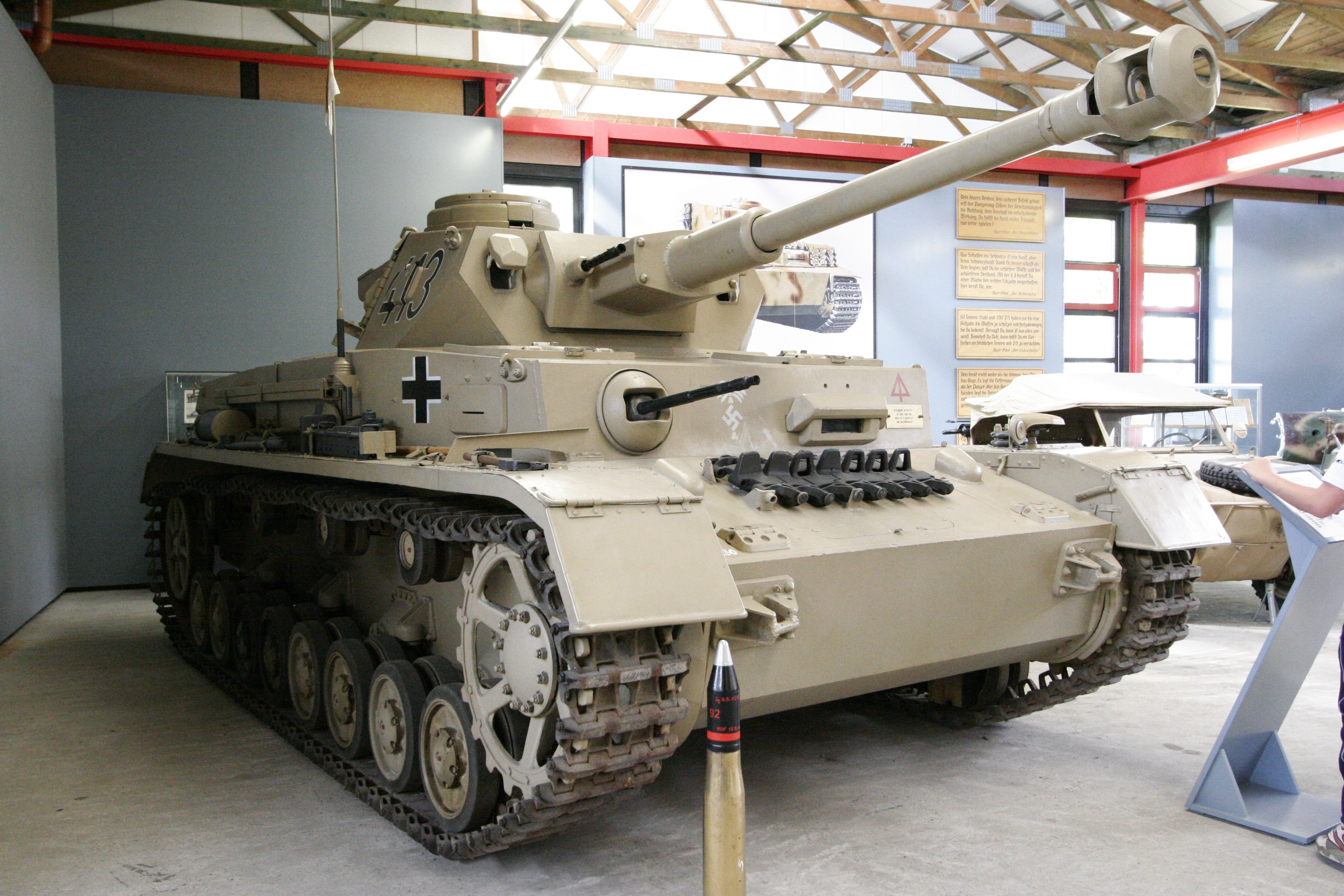
Panzerkampfwagen IV (2) Nejlepší německý tank druhé světové války
The Großkampfwagen or "K-Wagen" (short for G.K.-Wagen) was a German super-heavy tank, two prototypes of which were almost completed by the end of World War I. History [ edit ] In June 1917, before the first A7V tanks had been completed, the German War Ministry ordered the development of a new superheavy tank intended to be used in break.

Лёгкий танк Panzer kampf II Light Tank Mg 34, T 34 85, Wwii Vehicles
Pz.Kpfw. VII. VK 45.02 (P) Ausf. B. The Pz.Kpfw. VII is a German tier 10 heavy tank. A superheavy tank with rear placement of the turret. Developed by the Krupp company in 1942. The project was discontinued in favor of more heavy tanks. No vehicles were ever manufactured. Simply called the Panzer 7 or Panzer VII, This Replaced the Maus 's.

Pin en Великая Отечественная и Вторая Мировая войны
The Panzerkampfwagen IV ( Pz.Kpfw. IV ), commonly known as the Panzer IV, is a German medium tank developed in the late 1930s and used extensively during the Second World War. Its ordnance inventory designation was Sd.Kfz. 161 .
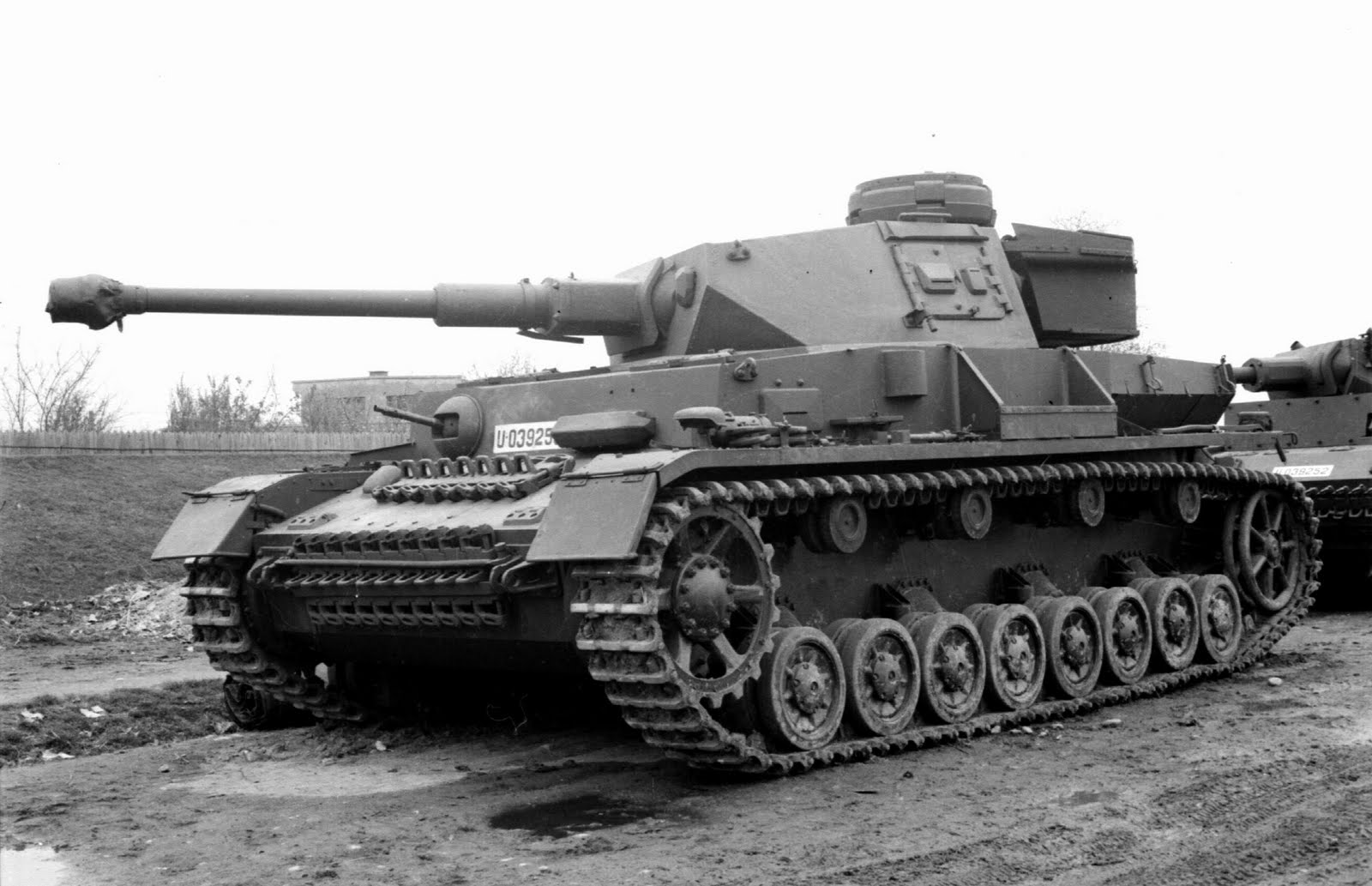
World War 2 Panzerkampfwagen Mark IV
Analyses have revealed that the medium tank exterior is merely a façade that the Kampfpanzer 07 RH puts on to fool its adversaries. 65 km/h top-speed and excellent maneuverability are taken right out of the light tank playbook. So, forget about running away if the Kpz 07 RH notices that you are tailing it.

Средний танк Panzer kampf IV Ausf. H 戦車, 戦争画, 戦争
panzer, series of battle tanks fielded by the German army in the 1930s and '40s.The six tanks in the series constituted virtually all of Germany's tank production from 1934 until the end of World War II in 1945. Panzers provided the striking power of Germany's panzer (armoured) divisions throughout the war. In the period following World War I, the German army had been prohibited by the.

Pin on Armor
The 45-ton Panzerkampfwagen V Panther medium tank was built by Nazi Germany to counter the Soviet T-34. Many tank experts believe the Panzerkampfwagen V Panther had the finest tank design of World War II, in spite of its lack of agility. More than 5,500 were built before the end of World War II. Following the fall of Kiev in September 1941, an.
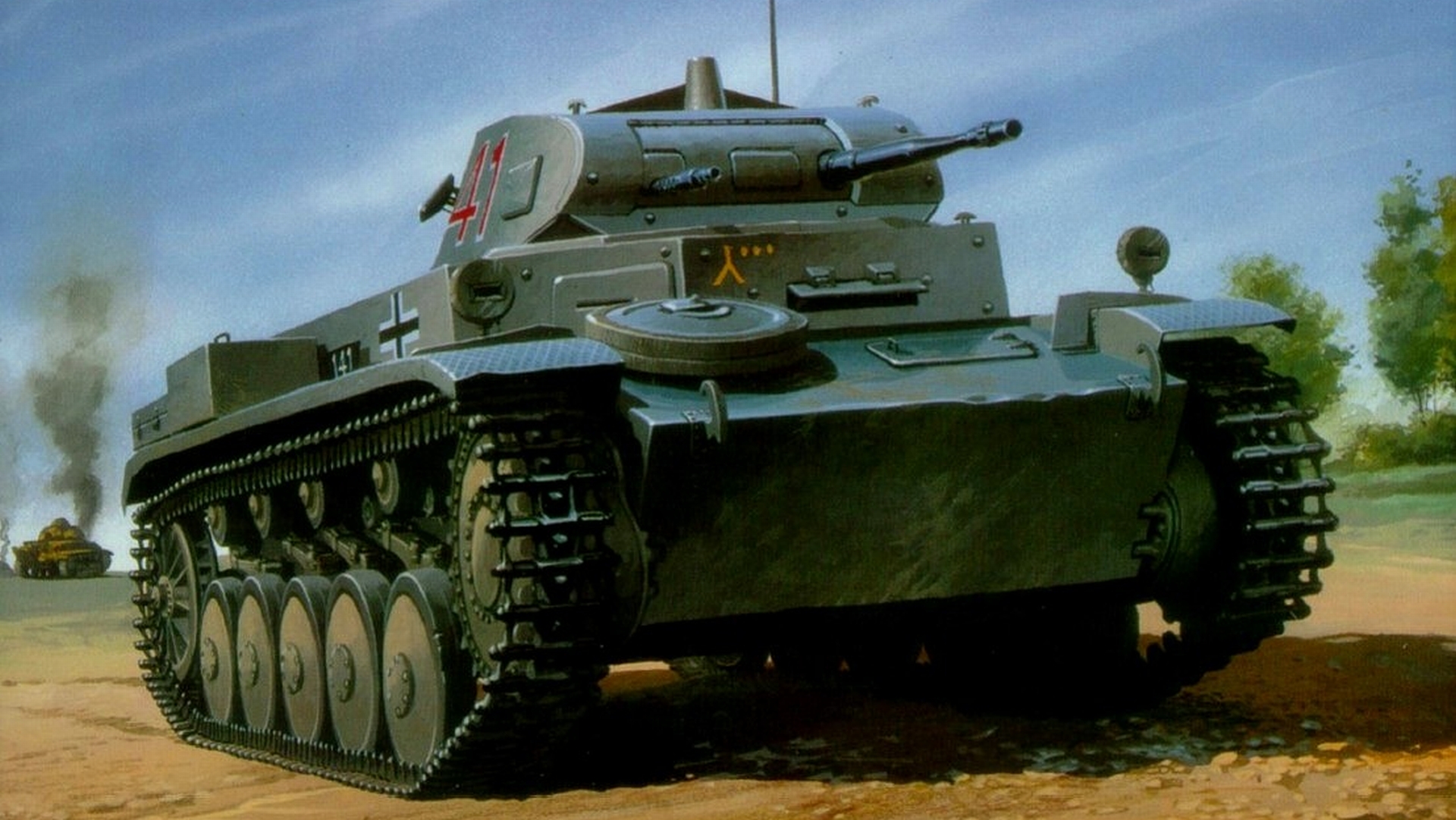
Panzerkampfwagen II Militär Wissen
The Panzerkampfwagen III, commonly known as the Panzer III, was a medium tank developed in the 1930s by Germany, and was used extensively in World War II. The official German ordnance designation was Sd.Kfz. 141. It was intended to fight other armoured fighting vehicles and serve alongside and support the similar Panzer IV, which was originally.

Panzer Kampf Wagen IV Ausf.J 148 Tamiya New England Models and Hobbies
Panzerkampfwagen IV Ausf.G By MarkoPantelic January 1, 2022 1 Comment Contents: German Reich (1942) Medium Tank - 1,930 Built The introduction of the Panzer IV Ausf.G version basically changed the Panzer IV's overall combat role.

Panzer II Wikipedia
"Panzer" means "thick rigid armor", and is also used for the shell of a turtle or tortoise. In modern times it came to mean "tank" (as in, the military vehicle). "Kampf" means "fight". "Wagen" means "wagon", so traditionally a four wheeled vehicle (two wheeled is called "Karren", cognate of the English word "car"). It's sometimes used for cars.
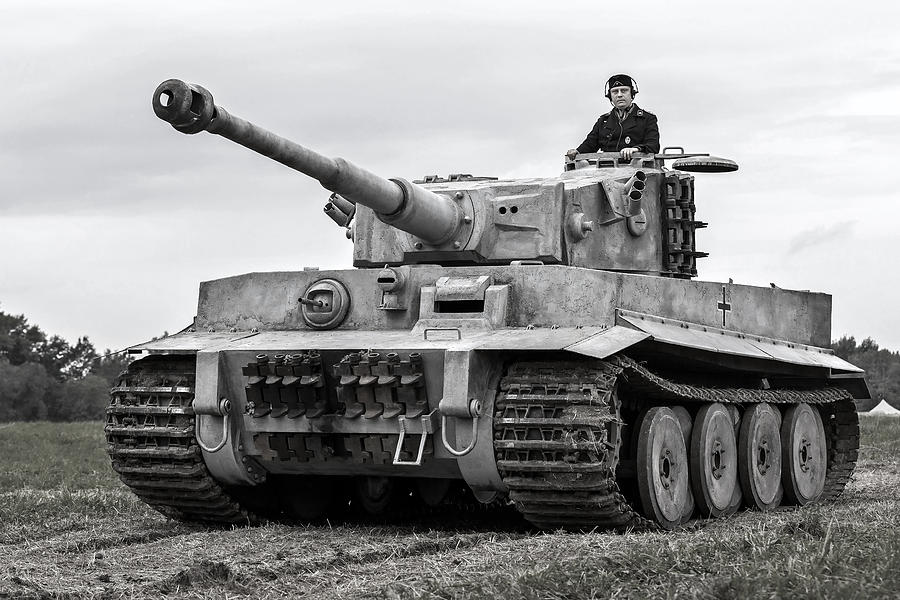
Atlesian Paladin290 in a Tank Gauntlet (RWBY) SpaceBattles
Panzerkampfwagen VIII Maus (English: 'mouse') was a German World War II super-heavy tank completed in late 1944. It is the heaviest fully enclosed armored fighting vehicle ever built.

Panzer.kampf.wagen 38 (t) в экспозиции Парка Победы в Москве / Panzer
The Tiger I, or ' Panzerkampfwagen Tiger Ausführung E ' (Pz.Kpfw.Tiger Ausf.E), was born in May 1942, but its conception and development can be traced directly back to 1936 and 1937 with work on a 30-33 tonne tank by the firm of Henschel und Sohn in Kassel.

Pin on scale military modeling tanks
6.4 km/h (4.0 mph) cross-country. The Sturmpanzerwagen A7V was a heavy tank introduced by Germany in 1918 during World War I. One hundred chassis were ordered in early 1917, ten to be finished as fighting vehicles with armoured bodies, and the remainder as Überlandwagen cargo carriers. [2] The number to be armoured was later increased to 20.
AL5GRJVsYf4nT5im0qATRd46xcMc5qyTWDKkbMVNbv9=s900ckc0x00ffffffnorj
The Sd.Kfz.7/1. The Sd.Kfz.7/1, also known as the 'Selbstfahrlafette auf m.Zgkw.8t (Sd.Kfz.7/2) mit 2cm Flakvierling 38', was born shortly after the 2cm Flakvierling 38 was presented to Adolf Hitler in October 1939. The Luftwaffe ordered 100 such weapons systems to be mounted on the Sd.Kfz.7 chassis.

Evolution of the Tiger, the Panzerkampfwagen VII Tiger II chassis incorporated a longer, sloping armor and a gun speed. The initial project was commissioned to companies Porsche and Henschel. The first, thinking he would win the competition produced several vehicles, but they were unsuccessful in favor of the model Henschel, simpler production. The towers have been adapted to the chassis.
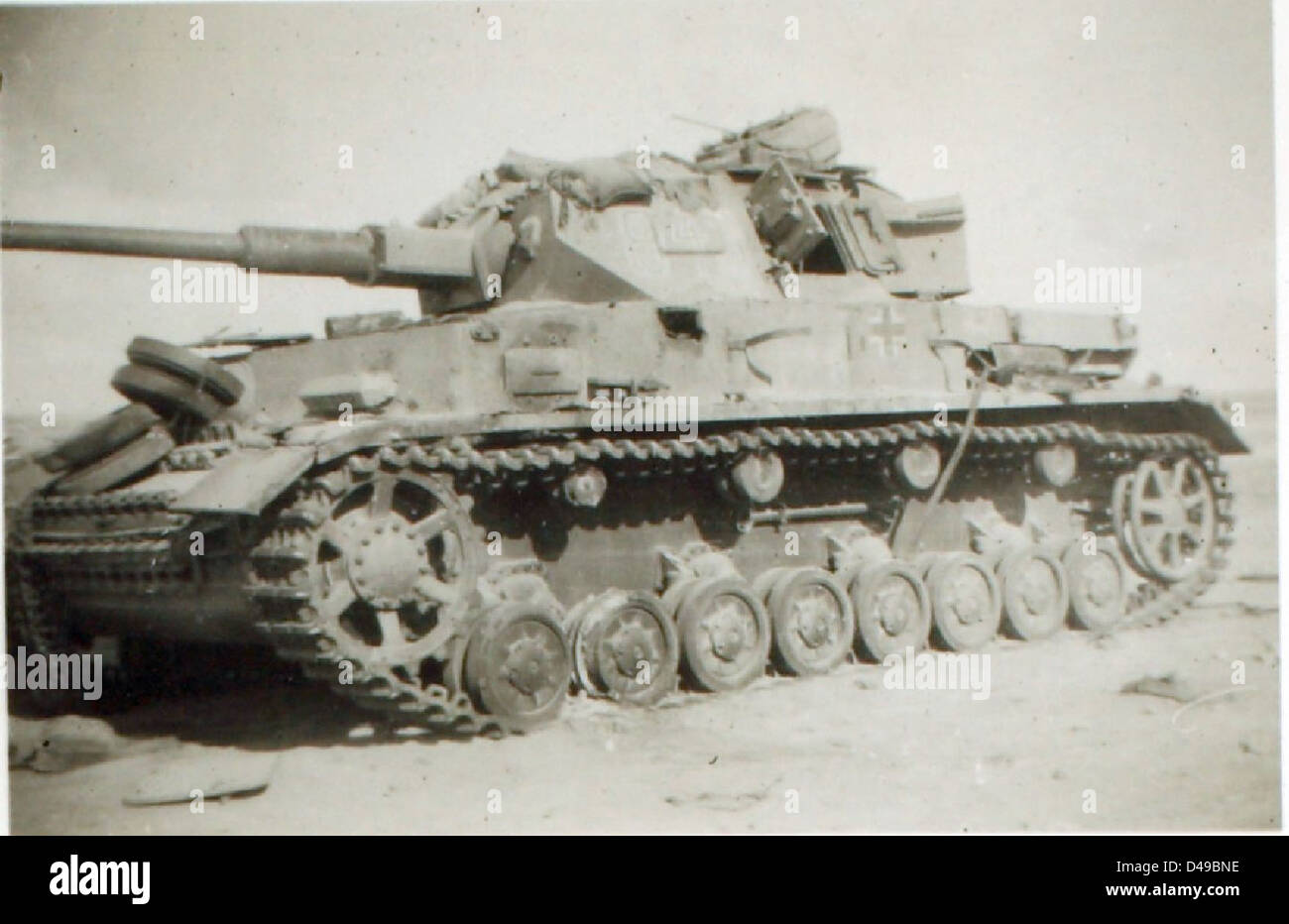
PzKw IV (Panzer Kampf Wagen 4 Stock Photo Alamy
German Reich (1940)Medium Support Tank - 200 Built + 6 Hulls. Following the victorious campaign in Poland, the German Army requested even more Panzer IV vehicles. This would lead to the Panzer IV Ausf.E, which was, in essence, just a slightly improved Ausf.D version. By the time the production run ended in April 1941, some 200 complete.

German Panzer IV with a short 75mm. Image Abyss
The Panzer II is the common name used for a family of German tanks used in World War II. [2] The official German designation was Panzerkampfwagen II (abbreviated PzKpfw II). [2]